Blogs
A Visual Feast Sans Sight
Payal Kapoor
Writer Payal Kapoor illustrates her personal experience of navigating the exhibition Stories on a Banana Leaf through the accessibility features and reflects on the importance of inclusion in the country today.
Often enough one comes across information that tickles curiosity; but, there are other times when one comes across something that takes the experience to a whole new level. That is exactly how I felt, when I saw a link to something called Stories on a Banana Leaf – a virtual exhibition of art and food by Museum of Art & Photography (MAP), in Bangalore. When I clicked the link, I was amazed at the amount of interesting information I saw, at just one glance – all accessible, and with “alt text”, which is a written description of all the visual aspects of the exhibition, easily read using a screen reader. Now, I was not just intrigued, I was straight out elated. Let me tell you why…
I am Payal Kapoor, a culinary school graduate from many years ago, who lost her sight 29 years back. This took from me everything I so loved, and that I had learned through the days I could still see. I was the most enthusiastic visitor to museums and art galleries, and would go to enjoy the sheer visual treat that was offered by so many talented creators. For a person drawn to colour, shape, and textures, the loss of sight was a devastating blow for me. All of a sudden my beautifully colourful world was plunged into darkness. But then, all those visual memories I had amassed over the years as a sighted person stood me in good stead. I have a vivid recollection of the beautiful green of grass, leaves and vegetables, as I do reds of tomatoes, and beautiful shades of purple of various varieties of brinjals, among many others.
Eagerly clicking on the link to this virtual exhibition, I was enthralled to see all the information perfectly visible using my assistive technology – screen reader on both, my phone as well as my laptop. Encouraged by the accessibility links that framed the top of the page, I began my trip through the exhibition.
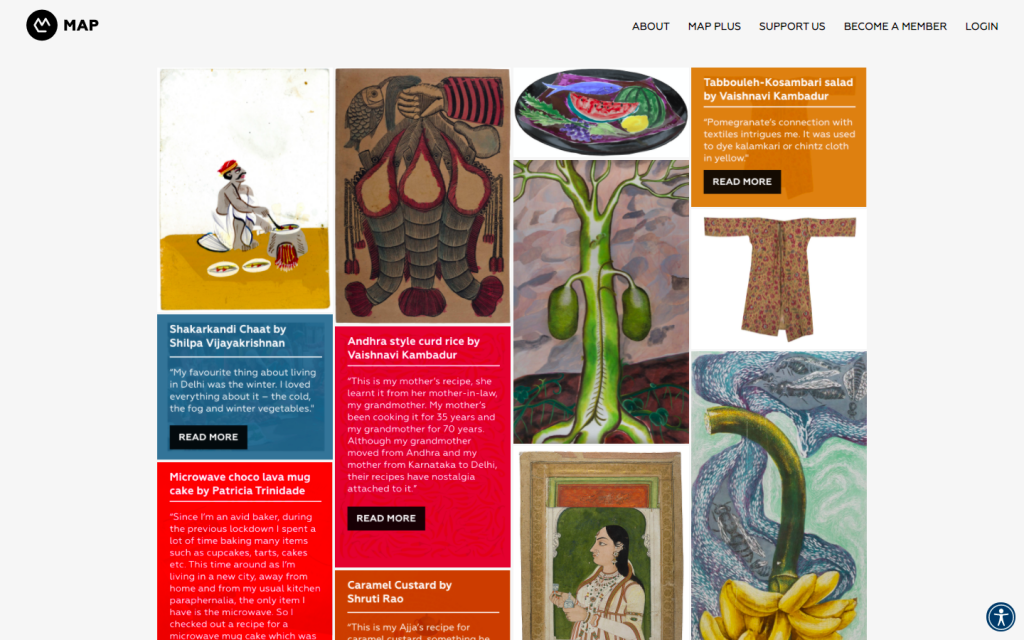
Stories on a Banana Leaf, a digital project by the Museum of Art & Photography (MAP), Bengaluru
Given my education in the food industry, my love for food, food stories and trivia has continued to remain a highlight of my days even after my sight loss. The history of ingredients, the ethnic origin of different recipes, and the flavours have all been part of my own research and teaching; and even more so when I picked up my cooking skills once again after losing my sight. It became a sensory delight like none other. That is why the Stories on a Banana Leaf exhibition held me captive for many hours on end.
The tasteful amalgamation of art with food, and the individual stories around it, was beautifully done. Many of the stories, and their accompanying artwork, brought back memories of sitting around friends and family, enjoying swapping recipes, and getting ready to light the fire to get cooking.
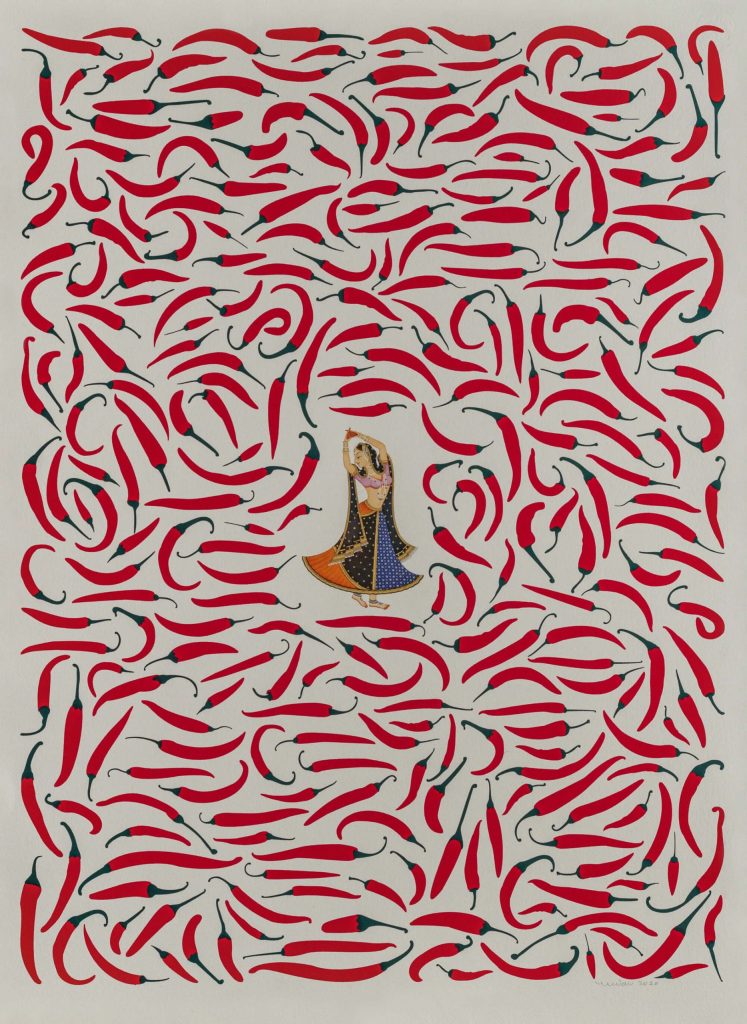
Madan Meena, चैत्र, Chetra, Barahmasa-I series, 2020, Silkscreen and natural pigments on paper, MAC.03101
I was drawn to the beautifully described Chetra painting by Madan Meena depicting a woman in Rajasthani attire dancing in the centre, surrounded by red chillies of her size. The story that went with it was just as intriguing. The trivia junkie in me soaked up the researched history of chillies, and its advent in India, its popularity, and the special place it subsequently acquired in the “masala box” in every Indian home. The recipe of the tomato khejur chutney was well explained, and easy to execute for me, as a blind person who loves her experiments in the kitchen. The mention of curd rice hit a spot, since I hail from the very region it is believed to have originated. Still on the page, the story around the paani puri had me wanting more. Each recipe, and accompanying story stirred many mental images, which is a testament to the care taken to make it as clearly visual as possible, making it widely understandable for every visitor on the page.
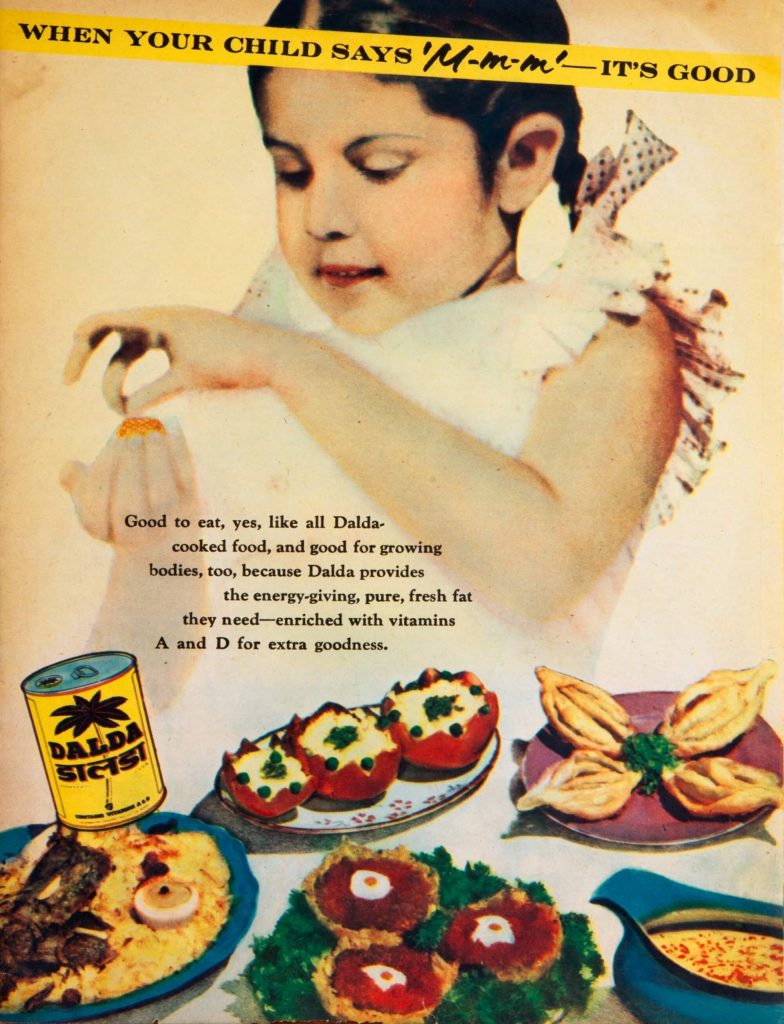
Advertisement for Dalda, 20th century, Offset print, POP.00228
References to long forgotten brands like the iconic Dalda Vanaspati, in all its green and yellow glory, brought to my mind winter days, a visit to the now almost redundant local “Kirana dukan”, the myriad preparations of food items, from cakes (yes, you read that right), to almost anything else. Seeing the image for this ingredient in the exhibition, my delight knew no bounds.
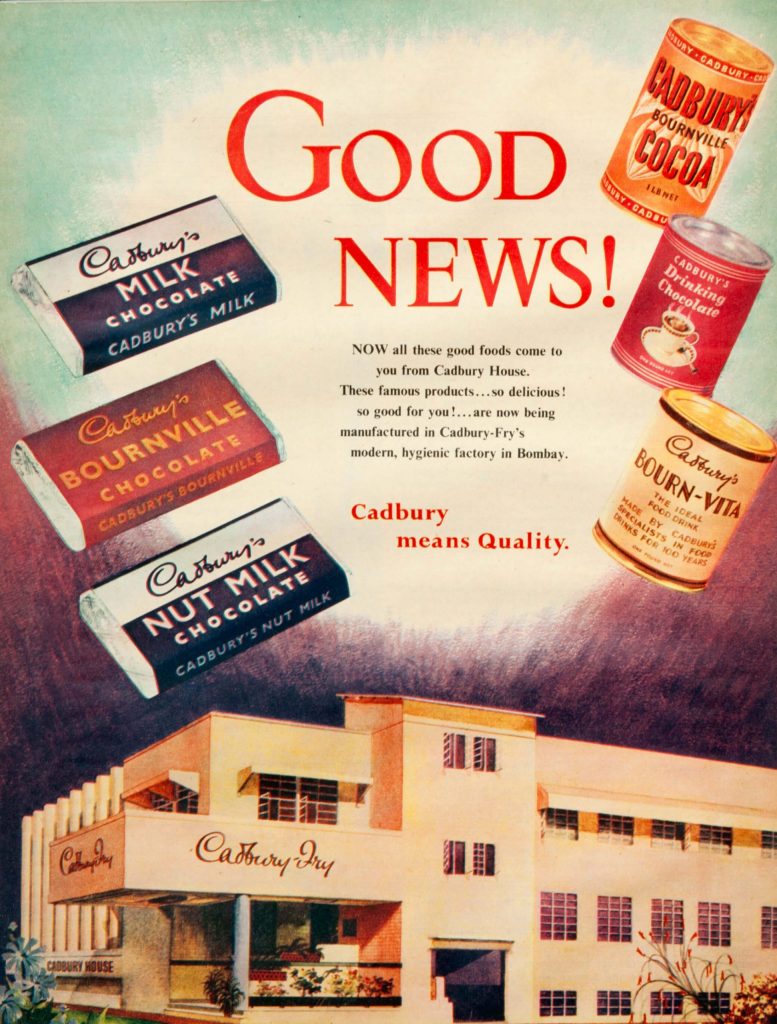
Advertisement for Cadbury chocolates and cocoa powder, mid 20th century, Print on paper, POP.00274
The Cadburys chocolate wrapper and history, and the emerging story of masala chai, the recipe of the choco lava cake in the microwave, all brought to mind a plethora of childhood memories. The exhibition was full of images in words – a visual treat unique to persons with blindness.
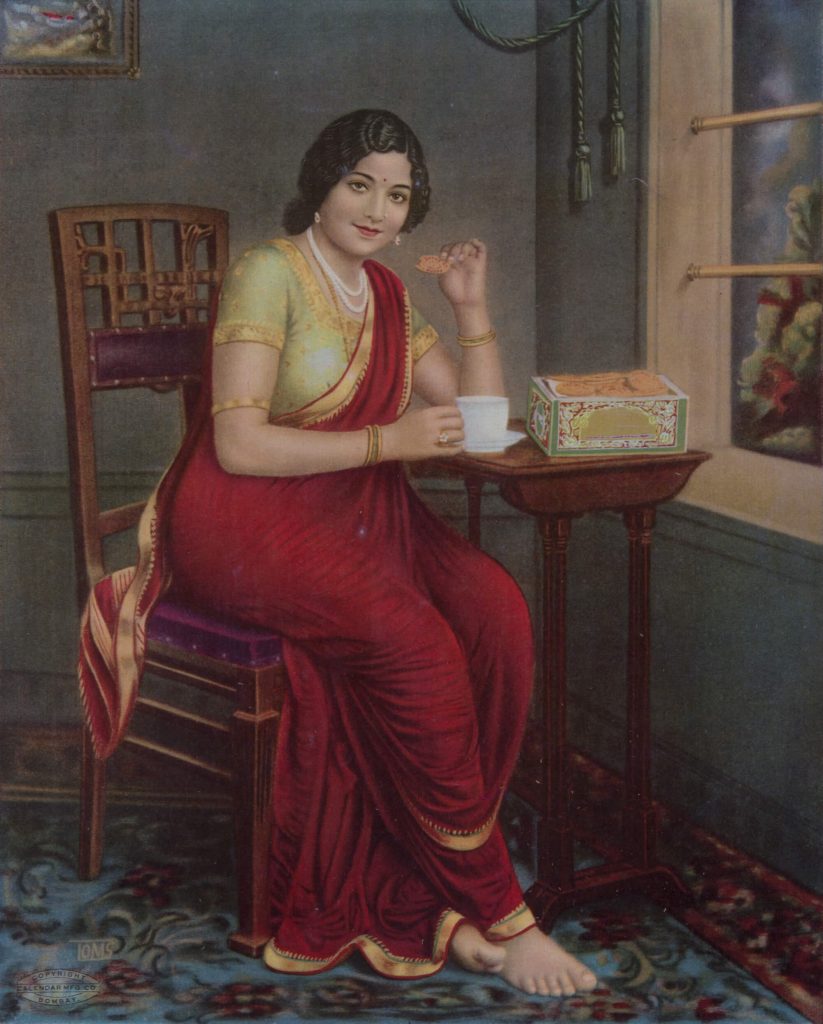
Woman drinking tea, Calendar Manufacturing Company, early 20th century, Chromolithograph Print, POP.01061-58
Every link I clicked on had a beautiful collaboration of art and food; all of which I was able to enjoy not only because of the carefully curated exhibits, but also because of the effort taken to make this online treat inclusive for persons who have always had to depend on visual feedback from other people. The accessibility features so prominently displayed is a huge welcome step towards making more than simply education accessible to persons with blindness. With little to no access to activities for leisure, we have been a deprived cross-section for a long time.
I had always envied people living in Western countries, many of which have the most wonderfully accessible experiences, especially in museums – stories of which I had only read, and heard of from others. I had always hoped there would be something for us in India as well; something that would change my feeling of always being on the outside, looking in. This endeavour by MAP has given me so much joy and hope for inclusion in the ever expanding social landscape of the country. The effort made to have an Inclusion Manager on board clearly shows the commitment to have everyone enjoy the experience fully.
While I am enjoying this online experience immensely, with being able to revisit it at any time, I look forward to the day when I can physically visit the museum, and actually touch the art, and feel like I can see once again. Now, that will be a whole new sensory experience!
Payal Kapoor is a trainer, writer, and mentor, based in Hyderabad, India. An advocate for greater disability awareness and rights, she writes narratives on gender and disability, and has been published in Indian and international publications. She is the creator and host of the food podcast, Rasoi ke Rahasya.








